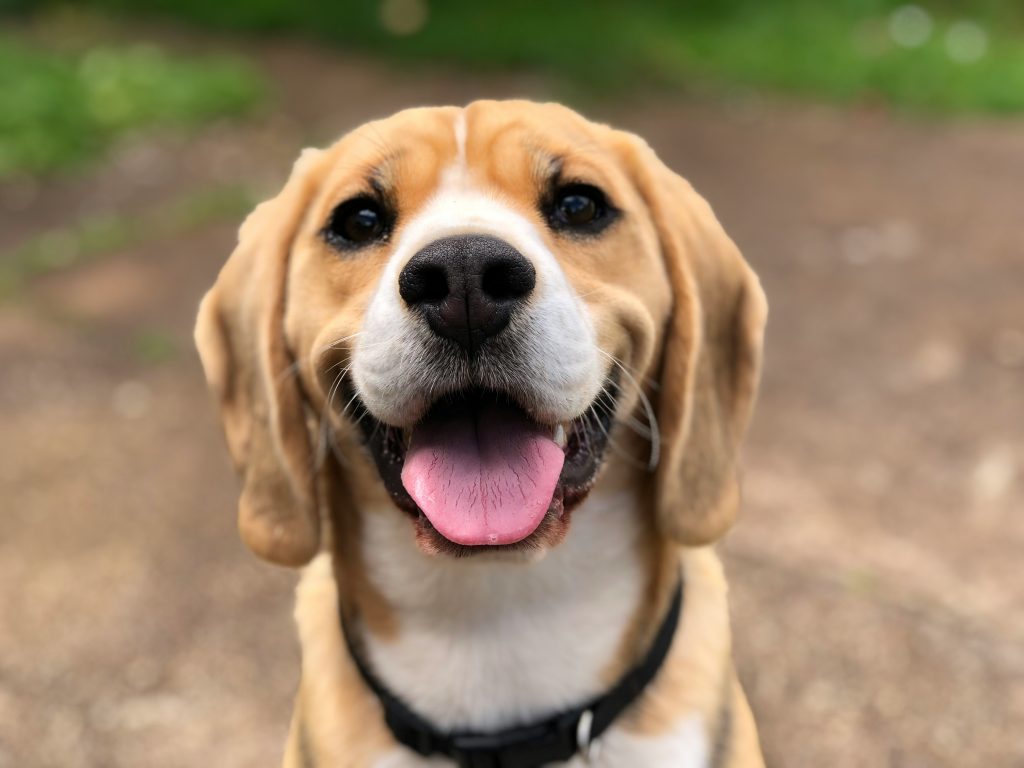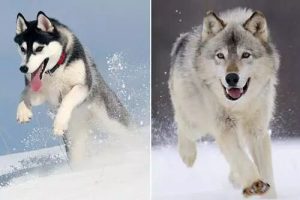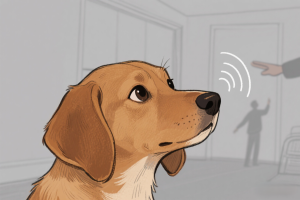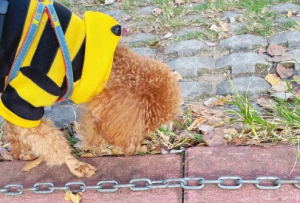Little Luna turns out to be a sweaty-pawed pup this summer!(Well… not exactly sweaty — she’s just cooling off!)Understanding how dogs regulate their body temperature can help us keep them safe and comfortable through the blazing summer heat.Unlike humans, dogs have a completely different cooling system. Instead of sweating all over, they rely on a few clever biological mechanisms to beat the heat:
-
Panting (Evaporative Cooling Through Breathing)
This is the main way dogs cool down!When dogs get hot, they open their mouths, stick out their tongues, and start breathing quickly and shallowly — that’s panting.How it works:By breathing rapidly, dogs increase the airflow over the moist surfaces of the tongue and respiratory tract. The moisture — saliva and mucus — evaporates, carrying away a large amount of body heat and lowering their internal temperature.You’ll notice that when your dog pants, its tongue looks larger, wetter, and sometimes even dripping saliva — all of which help increase the surface area for evaporation and boost cooling efficiency.
-
Vasodilation (Heat Dissipation Through the Skin)
Under your dog’s skin lies a rich network of blood vessels. When body temperature rises, the blood vessels near the surface expand (a process called vasodilation).How it works:These expanded blood vessels bring more warm blood close to the skin, allowing heat to escape into the surrounding air through convection.That’s why when your dog feels hot, its ears and face often feel noticeably warmer to the touch — it’s literally releasing heat through its skin!
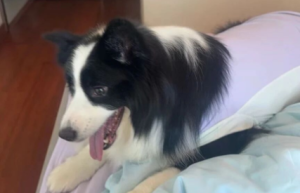
-
Behavioral Cooling (Seeking Out Cooler Conditions)
Dogs are incredibly smart — they instinctively find ways to stay cool in hot weather. Here are some of their go-to strategies:Finding shade: Hiding under trees, eaves, or inside a cool indoor spot.Lying on cool surfaces: Stretching out on tile or concrete floors (just make sure the surface isn’t too hot!), near vents, or even in puddles. The cool surface helps conduct heat away from their bodies.Reducing activity: During the hottest parts of the day, dogs often become more sluggish, avoiding running or rough play that generates extra heat.Drinking lots of water: Staying hydrated with cool water helps maintain body fluid balance and supports internal cooling.Sprawling out on the floor: Lying flat with their belly against the ground increases the contact area for heat transfer.Swimming or playing in water: If possible, this is one of the most effective (and fun!) ways for dogs to cool off.
-
Sweating Through Paw Pads
Dogs don’t sweat all over their bodies like humans do, but they do have sweat glands — mostly concentrated in their paw pads.How it works:When dogs get hot, these glands release small amounts of sweat. The evaporation helps carry away a bit of heat and also increases friction, giving their paws better grip on surfaces.Note: Sweating through paw pads plays only a minor role in a dog’s overall cooling process — nowhere near as effective as panting. So don’t expect your dog to cool off like we do through full-body sweating!
How to Help Your Dog Stay Cool in the Summer.As a pet parent, keeping your dog cool and safe in hot weather is essential. Here are some vet-approved and science-based tips to help your furry friend beat the summer heat:①Provide plenty of fresh, cool water.Always make sure your dog has easy access to clean drinking water at all times. Hydration is key to regulating body temperature. ②Ensure shade and ventilation.Set up shaded areas outdoors where your dog can rest comfortably. Keep indoor spaces well-ventilated and cool — avoid direct sunlight, and use fans or air conditioning when needed.③Offer a cool resting spot.Give your dog a cool mat, tiled floor, or a well-ventilated dog bed to lie on. Never leave your pet in a closed car or under direct sunlight on a balcony, as temperatures can rise dangerously fast.④Avoid walking during peak heat hours.Walk your dog early in the morning or later in the evening when the ground temperature is lower. Always bring water for both of you.⑤Check the ground temperature.Asphalt and concrete can get scorching hot under the sun and may burn your dog’s paw pads. Test it with the back of your hand — if it’s too hot for you, it’s too hot for your dog.⑥ Gently cool your dog down.You can wipe your dog’s belly, paw pads, and the inner sides of its ears with a damp towel (avoid getting water deep inside the ear canal), or let it splash around in a shallow pool.Avoid using ice-cold water! Sudden cold shock can actually harm your dog.⑦ Be cautious with shaving.A dog’s coat helps protect against both heat and UV rays. Unless your vet specifically recommends shaving for medical reasons (like skin conditions), avoid shaving your dog completely.Light trimming of tangled or matted fur is fine — but shaving too close may increase the risk of sunburn and insect bites.

